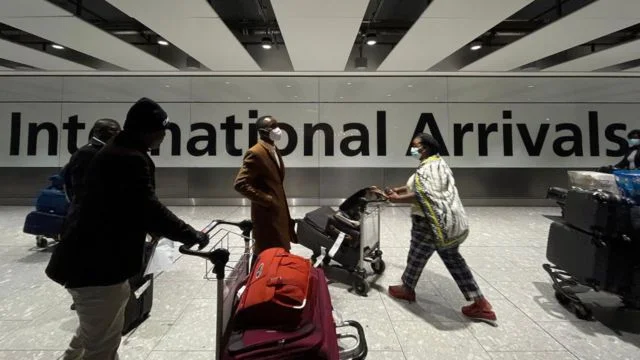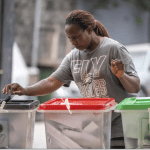In South Africa, one of the wealthiest areas is facing a serious issue: the transmission of HIV from mothers to their babies. Despite the availability of free prevention services, the problem continues to be a concern for healthcare providers, families, and communities.
A Growing Concern
Mother-to-child transmission of HIV, also known as vertical transmission, happens when an HIV-positive mother passes the virus to her baby during pregnancy, childbirth, or breastfeeding. Although South Africa has made significant strides in reducing this type of transmission over the years, it remains a persistent challenge even in the country’s most affluent regions.
South Africa has long provided free prevention programs that aim to stop this form of transmission, including the use of antiretroviral therapy (ART) for pregnant women. These medications are crucial because they help control the virus in the mother’s body, reducing the chances of passing it to the baby. Additionally, healthcare facilities offer services to encourage safe deliveries and provide alternatives to breastfeeding, which can also lower the risk.
Why Does the Issue Persist?
The reasons for continued transmission, even in wealthy areas, are complex. One major factor is access to and consistent use of healthcare services. While the facilities may be available, some women may not use them regularly due to stigma, lack of education, or personal barriers. Despite living in areas with advanced medical services, some expectant mothers may not fully understand the importance of sticking to treatment plans or may feel uncomfortable seeking care due to the stigma attached to HIV.
There are also cases where women may not be aware of their HIV status before becoming pregnant. In such cases, late testing or lack of regular screening means some women do not start prevention treatment early enough, increasing the risk of passing the virus to their babies.
Economic Disparities Within Wealthy Areas
While the wealthiest regions of South Africa may seem to have everything under control, there are still economic disparities even within these areas. Some women living in affluent communities might not have the same level of financial independence or access to healthcare as others. In certain cases, domestic situations or cultural expectations may limit a woman’s ability to access or prioritize healthcare for herself and her unborn child. This creates pockets of vulnerability within a larger, seemingly prosperous environment.
The Role of Healthcare and Education
Addressing the issue of mother-to-child HIV transmission in South Africa’s richest areas requires a continued focus on both healthcare and education. Healthcare professionals must ensure that prevention services are easily accessible, and more importantly, that they are promoted in a way that encourages women to seek help without fear of stigma. Pregnant women need to be educated on the importance of early HIV testing, adherence to antiretroviral treatment, and the risks associated with not following through on medical advice.
Moreover, healthcare workers must engage the community, ensuring that families and partners are part of the conversation. A supportive environment can make a significant difference in a mother’s ability to access treatment and make informed decisions about her health and that of her baby.
The Path Forward
Despite the challenges, South Africa’s prevention programs have proven that mother-to-child HIV transmission can be drastically reduced. For example, with consistent use of ART, the risk of transmission can drop to below 5%. This shows that the tools to prevent transmission are effective, but the next step is to ensure these tools are used effectively across all sectors of society, even in wealthy regions.
A broader approach that includes addressing stigma, promoting regular testing, and ensuring all women, regardless of their economic status, understand the importance of prevention will be crucial in tackling the problem. Support from local communities, healthcare systems, and public health initiatives will be key to ensuring every baby is born HIV-free.
In conclusion, while South Africa’s richest areas might be expected to have better health outcomes, the ongoing concern of mother-to-child HIV transmission reveals that wealth alone cannot solve complex health issues. It is essential to maintain focus on prevention, healthcare access, and education to protect the most vulnerable populations—even in affluent communities.























